How Architect Piero Lissoni Is Shaping the World of High Design
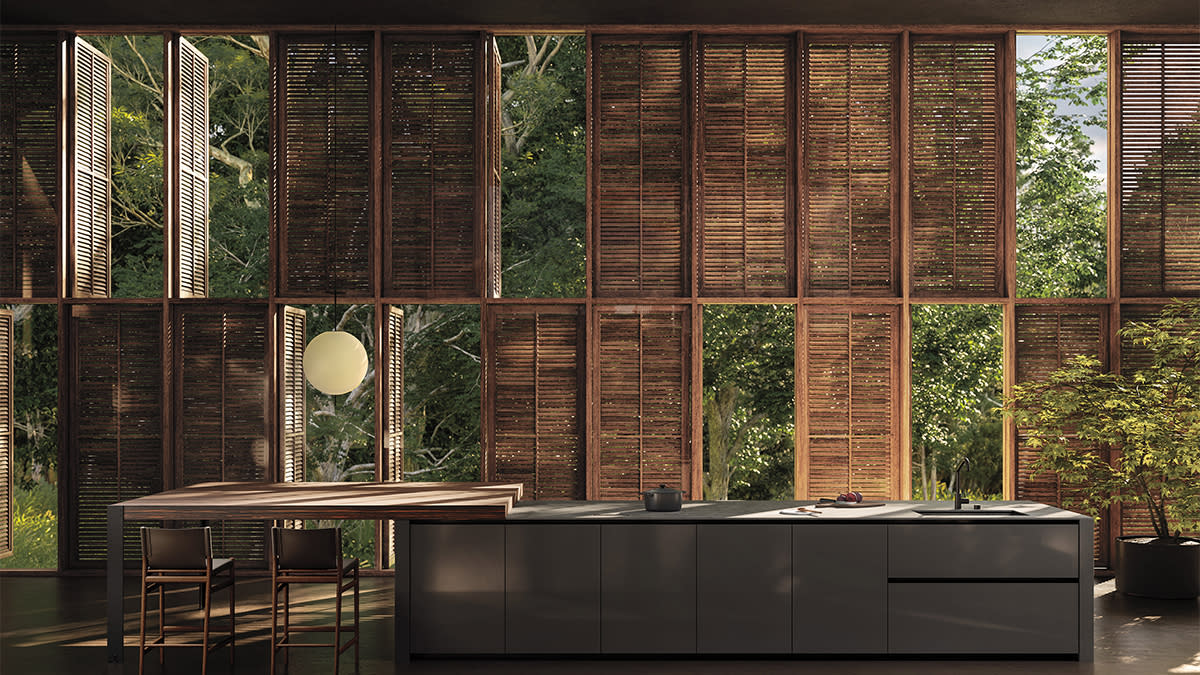
- Oops!Something went wrong.Please try again later.
Kitchens play a pivotal role in the timeline of Piero Lissoni’s life. From childhood conversations around the dinner table regarding his creative ambitions to the small apartment in Milan where he set up his first studio, the architect followed his passion for creating spaces through classrooms, offices, and studios around the globe before landing, in 1986, at Boffi—a purveyor of (go figure) luxury kitchens.
“For me, it was like a special trampoline jump,” Lissoni says of the move, made when he was just 30 years old, which would help launch his career and cement him as one of the most prolific designers of our time. “I was very young, and Boffi was not in a fantastic situation in terms of creativity, economy, or credibility.”
More from Robb Report
This 17th-Century Château in France Can Now Be Yours for $13.5 Million
This $68 Million Colorado Compound Has 7 Homes Across 245 Acres
The Tallest Residential Tower on New York's Fifth Avenue Launches Sales
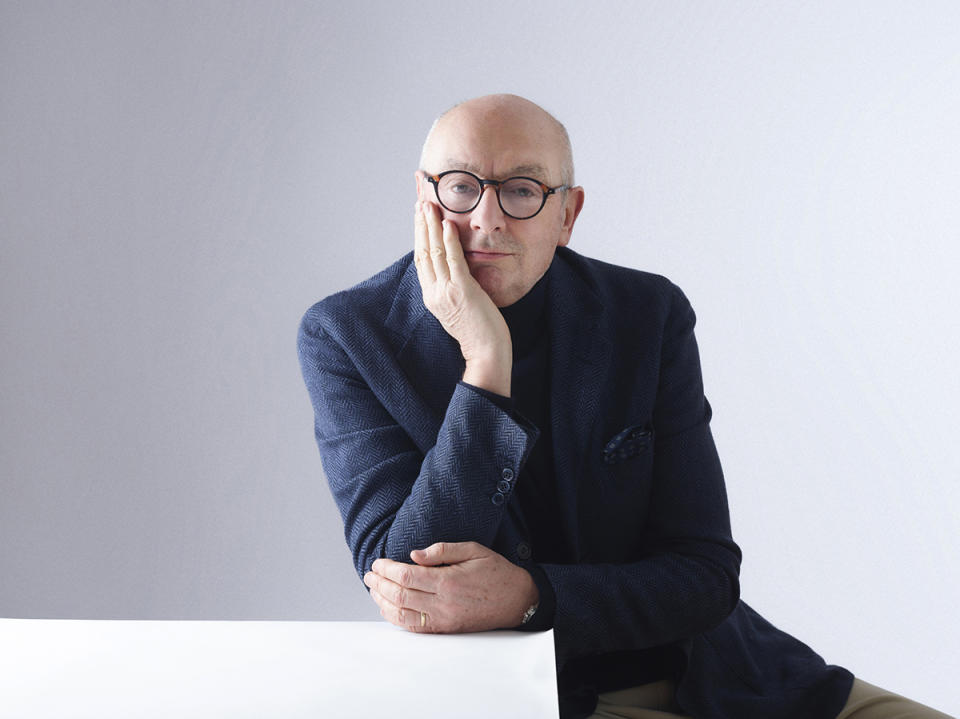
Lissoni, along with Roberto Gavazzi, Boffi’s current CEO, would help revamp the company from the ground up. When he joined the brand, which had emerged as an industry leader in the 1950s, it had reached a crossroads: After the 1972 death of Dino Boffi, one of founder Piero Boffi’s three sons and the brand’s forward-facing creative force, the nearly 40-year-old business had lost the unique, pioneering edge that had set it apart. By the mid-1980s, Dino’s brother Paolo was looking for a visionary to help lead the company into the 21st century. With a factory headquartered just outside Milan, he had quick access to some of the greatest design talent in Italy, if not the world, and yet he took a risk by naming the young Lissoni as art director and bringing on Gavazzi as managing director.
“We were two young boys in the middle of a great adventure,” Lissoni recalls. “We redesigned everything with a completely different approach, zero traditional attitude. We touched the company everywhere—the technologies, the models, the aesthetics, the graphics, the communications, the shops. It’s not enough to design one product. It’s not enough to design a new product. The most important [thing] was to control the whole process.”
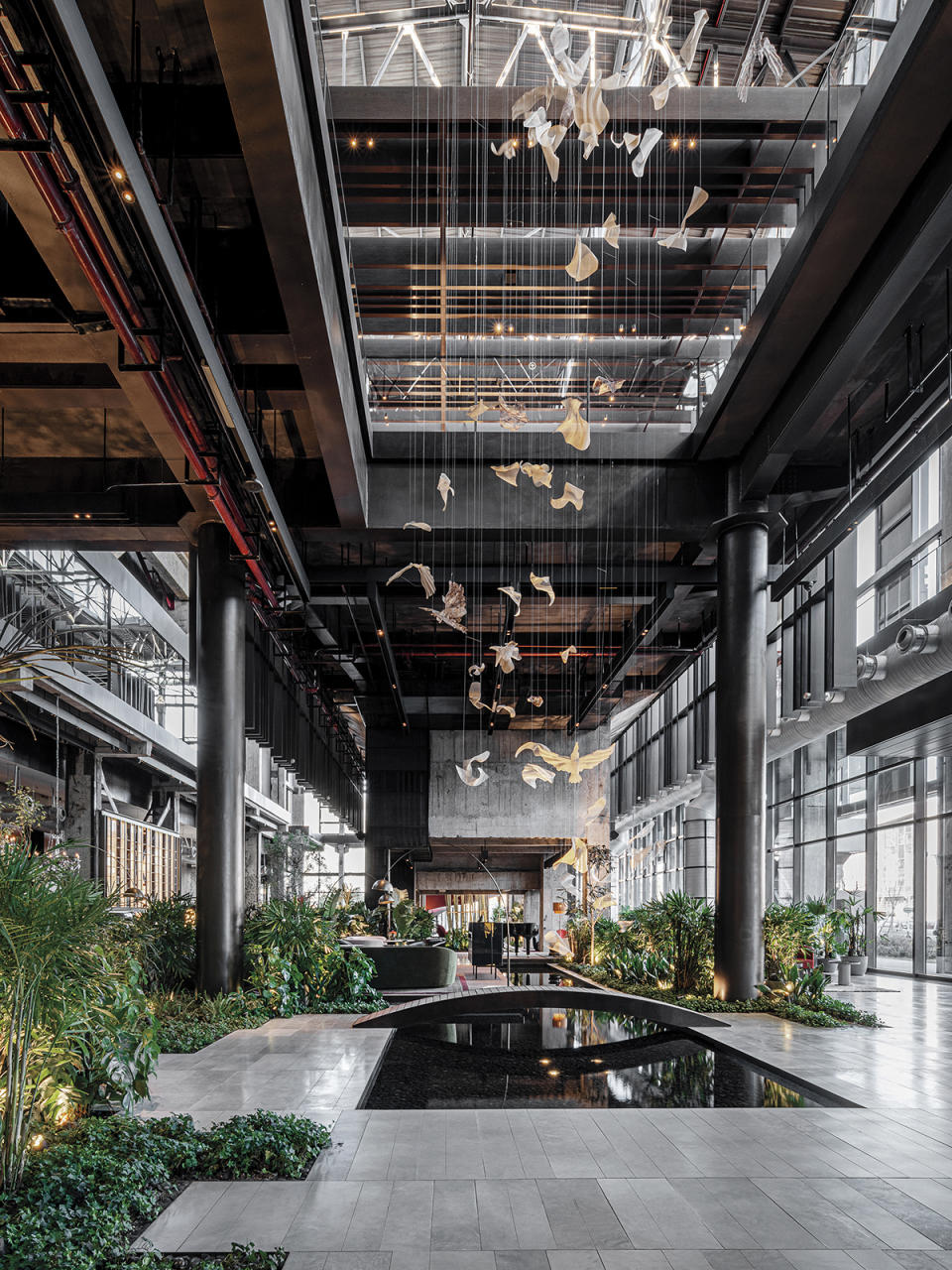
“Process” is a word that Lissoni uses frequently, and it’s arguably his biggest consideration. An avowed humanist, he doesn’t adhere to a particular set of steps as he designs; that way, he says, “it’s possible to open your mind [to] a mix-match of many different ingredients—theater, poetry, photography, paintings, movies, food, and fashion.” At the Lissoni & Partners Milan office, he installed a semicircular Wunderkammer to display objects of curiosity, giving his staff and visitors a small snapshot of the types of things that inspire him; these have included everything from a scale model of a Porsche 356 and antique Chinese porcelain to 1950s robots and a bust of Lenin.
In the early ’80s, Lissoni attended the Polytechnic University of Milan, where he had the opportunity to study under a jaw-dropping roster of design masters including Marco Zanuso, Achille Castiglioni, and Carlo de Carli. After graduating, Lissoni founded the interdisciplinary design firm Lissoni Associati with Nicoletta Canesi, now the project manager at Lissoni Architecture New York. The appointment at Boffi soon followed. In 1992, the brand released its second Lissoni-designed kitchen, the Latina, which would be a game changer. The unit’s interchangeable components proved massively popular, setting Boffi back on track to become a leader in the luxury market once again.
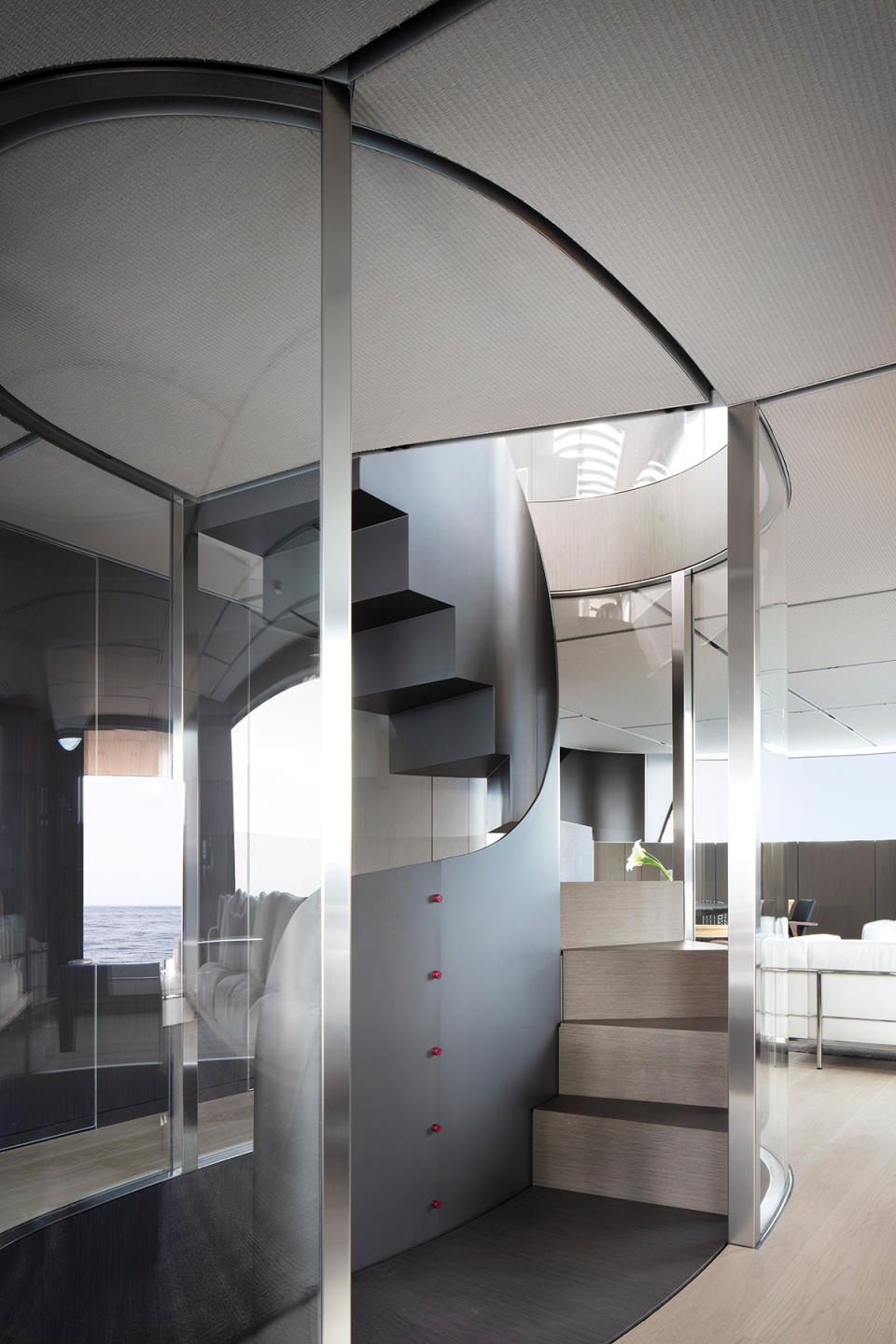
But Lissoni isn’t known for just kitchens. He is currently a creative director for numerous brands running the gamut from furniture to yachts (including Alpi, B&B Italia, Porro, and Sanlorenzo Yachts) and has designed residential, commercial, and hospitality projects such as the Shangri-La Shougang Park in Beijing, the Dorothea Hotel in Budapest, and headquarters for Fantini and Glas Italia, among others. Throughout it all he retains his signature elegantly minimalist style.
“Simplicity is not easy,” he says, “because in making something simple, you need to be very, very complex in the back. If you don’t, you become banal.”
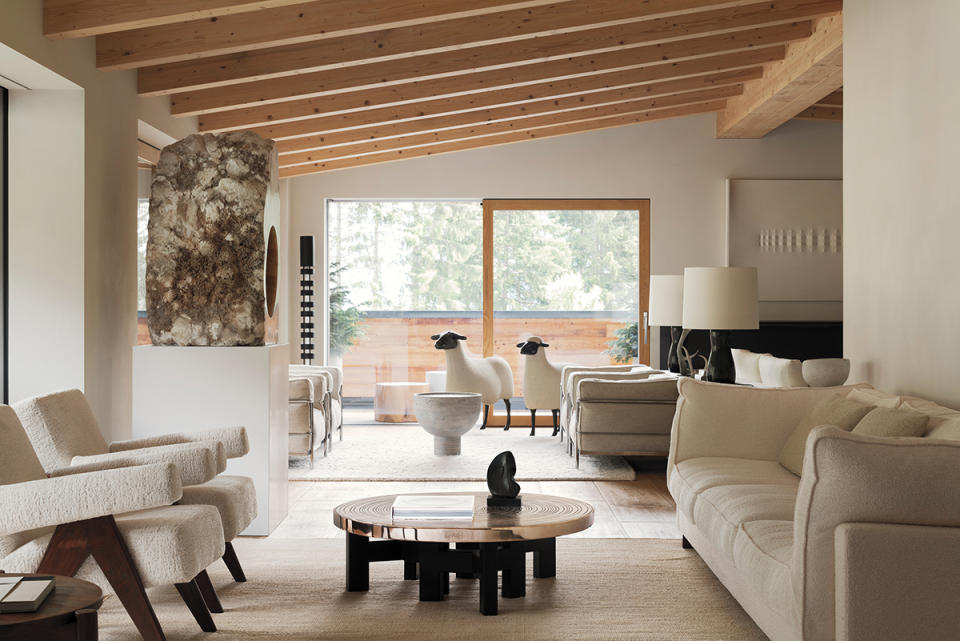
Lissoni remains known for his willingness to experiment with new materials and processes, and despite his streamlined approach, he isn’t afraid to loosen up and get playful, whether through unexpected elements—say, a dramatically spiraled staircase on a superyacht—or whimsical color and material choices. (One wool upholstery option for the Oolong chair, designed for Living Divani, is an almost cartoonishly vibrant purple hue.)
“Piero Lissoni is one of the most interesting names in contemporary Italian design,” says Sergio Buttiglieri, style director at Sanlorenzo Yachts, for which Lissoni has designed the interiors on the SP110, SX100, SX76, and other models. The architect is currently working with the company on the interiors of a superyacht featuring a groundbreaking fuel system developed in partnership with Siemens Energy. And, in addition to residential commissions in Saudi Arabia, Budapest, and Dubai, he also had a handful of debuts at the recent Salone del Mobile and Milan Design Week. That seemingly inhuman pace, he says, is more or less his life: “no rest.”
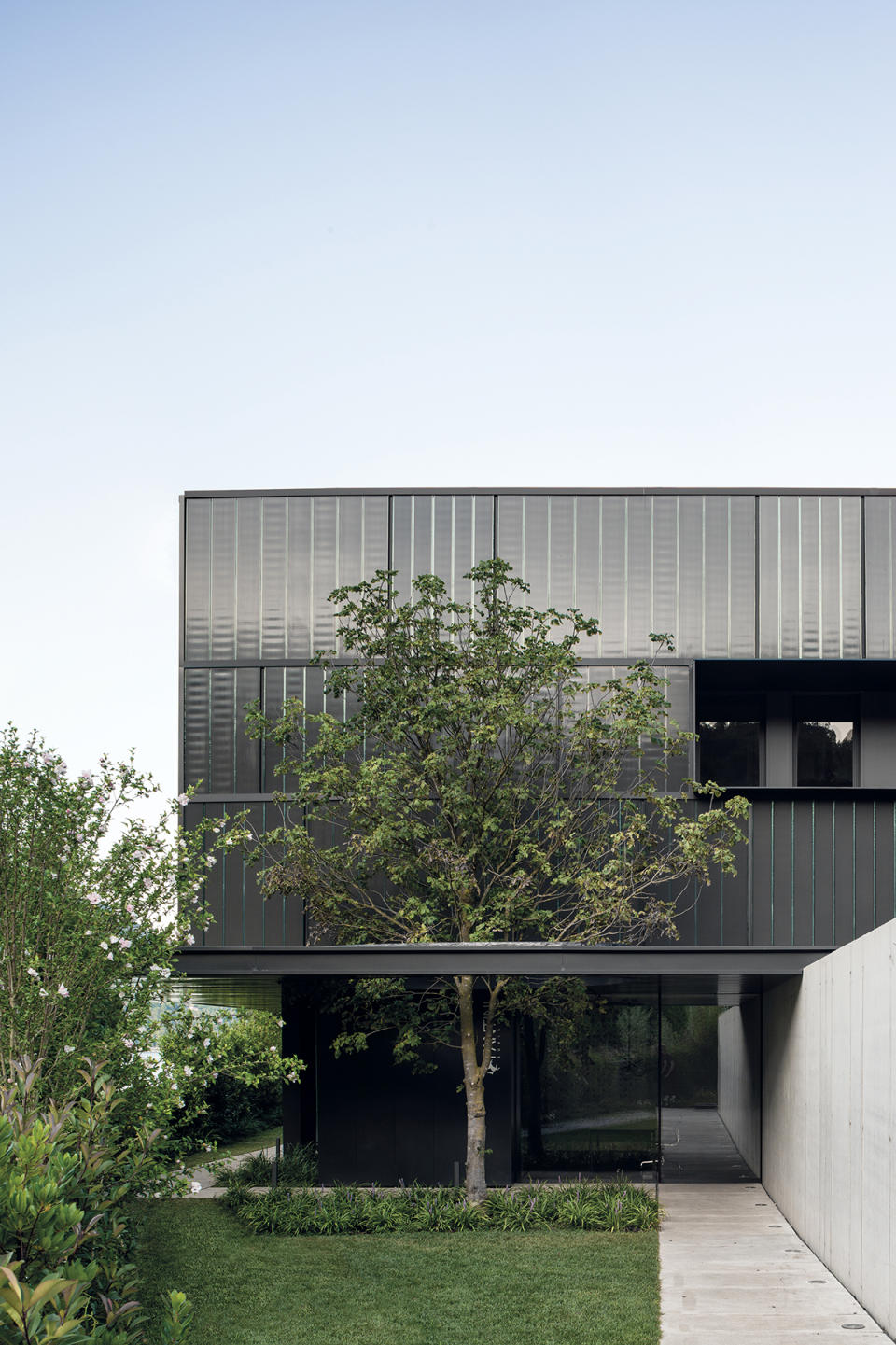
Talking to Lissoni, one gets the sense that he doesn’t actually want to rest—not when there are so many opportunities to create. “In my experience, the design trade is nothing without curiosity,” he writes in the preface to his recent book, Environments, published by Rizzoli. Such inquisitiveness underpins a creative process that relentlessly centers the human experience.
“I draw everything by myself,” Lissoni says. “I draw on paper, or sometimes electronic paper like the iPad, but I draw—I never use the supersophisticated software to design something, because [you must] think.” Drawing by hand, he explains, triggers “this special connection, this special synapsis between your brain and the hand. When you move the pencils, I believe this moment, it’s absolutely crucial to put meaning inside a project.”
Best of Robb Report
Sign up for Robb Report's Newsletter. For the latest news, follow us on Facebook, Twitter, and Instagram.

